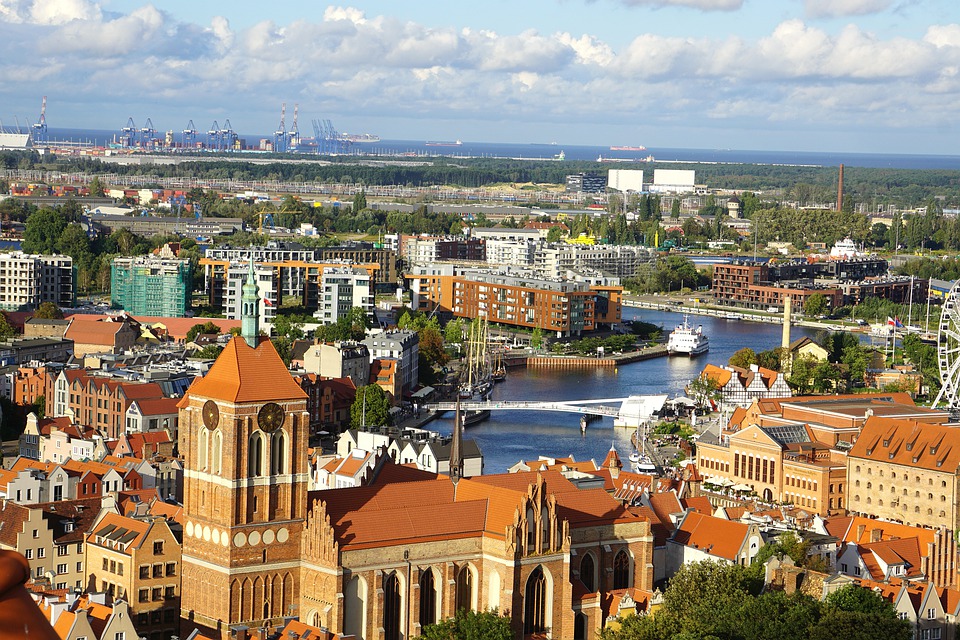how much does it cost make a penny

[ad_1]
Making a penny may seem like a simple task, but it’s actually a complex process that requires a lot of resources. The U.S. Mint produces billions of pennies each year, and the cost of making a single penny is much higher than the face value.
The process of making a penny starts with the mining of zinc and copper. The U.S. Mint purchases these metals from suppliers, which can cost up to $0.02 per penny. The metals are then melted down and mixed together to create the alloy used in the penny.
Once the alloy is ready, it is sent to the U.S. Mint’s Philadelphia facility, where it is poured into molds and stamped with the appropriate design. This process costs the Mint around $0.01 per penny.
The pennies are then sent to the U.S. Mint’s Denver facility, where they are coated with a thin layer of copper. This process costs the Mint around $0.01 per penny.
The final step in the penny-making process is packaging and distribution. The cost of packaging and shipping the pennies is around $0.02 per penny.
In total, the U.S. Mint spends approximately $0.06 to make a single penny. This means that it costs the Mint more than six times the face value of the penny to produce it.
Despite the high cost of making a penny, it does serve an important purpose. Pennies are still used in many transactions, and they are also collected by coin enthusiasts. So even though it costs the U.S. Mint a lot of money to make a penny, it’s still an important part of our economy.
[ad_2]
